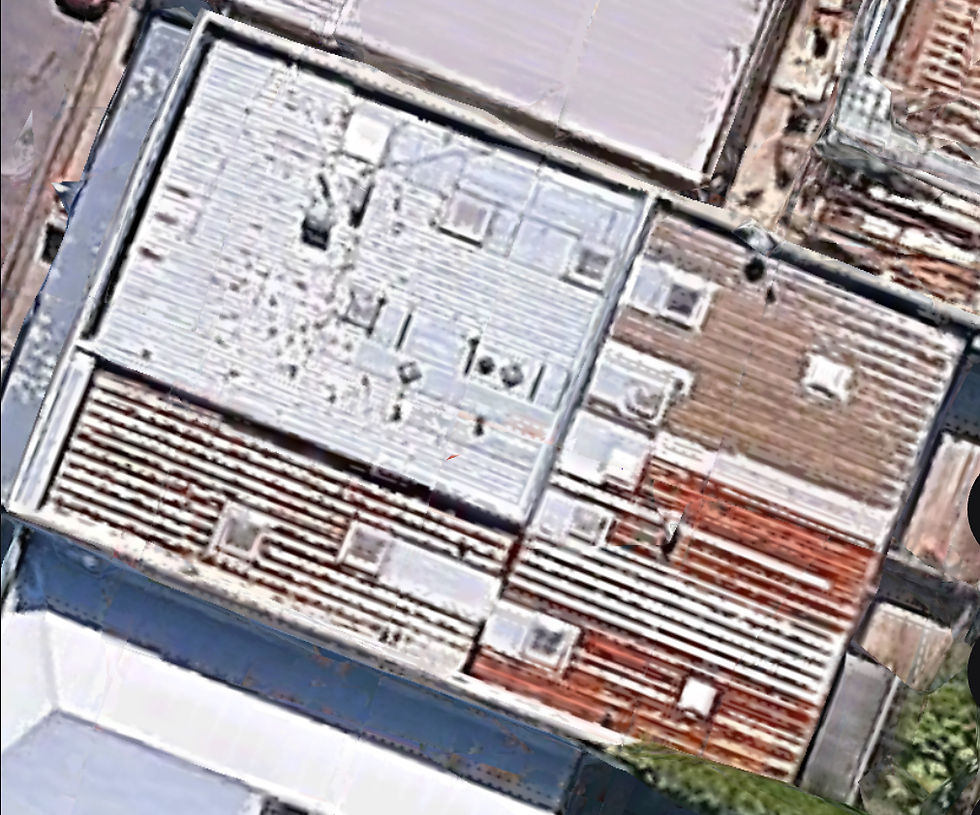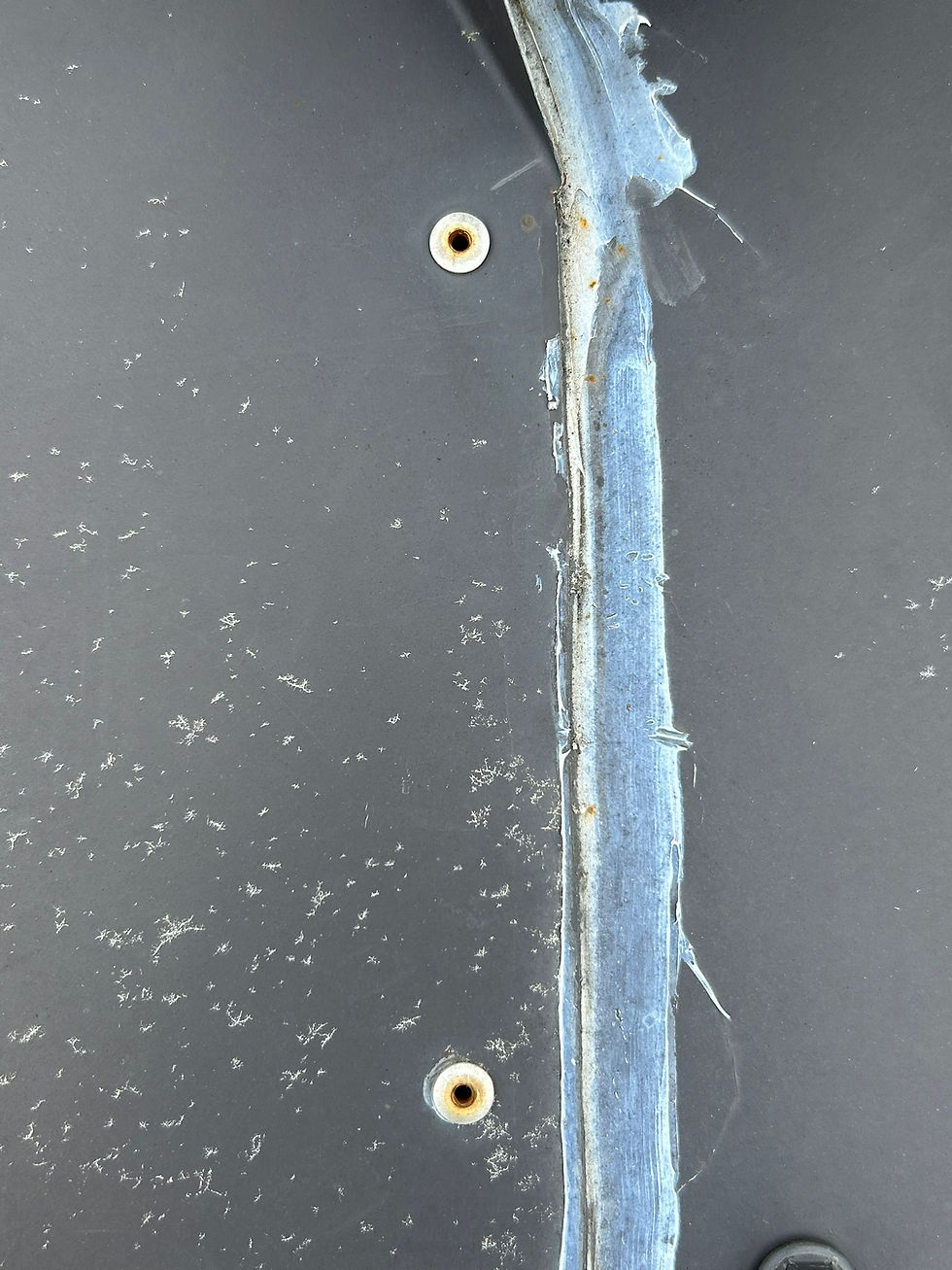What thickness should I select for my new roof iron. Do I need to reflash my skylights?
- ajraea
- Dec 4, 2023
- 2 min read
Roof Gauge
The gauge of a roof refers to the thickness of the roofing material. Here are some advantages of different roof gauges:
1. Thicker Gauges .55mm
- Durability:Thicker gauges, such as 55mm, offer increased durability and strength, making them more resistant to damage from elements like hail, wind, and impact.
- Longevity:These thicker gauges typically have a longer lifespan due to their ability to withstand harsh weather conditions and maintain structural integrity over time.
- Enhanced Protection:They provide better protection against leaks and damage, ensuring a more secure roofing system.
2. Thinner Gauges 40mm
- Cost-effectiveness: Thinner gauges, like 40mm gauge, are usually more affordable than thicker ones, making them a cost-effective option for roofing projects, especially for budget-conscious projects or temporary structures.
- Lightweight: They are lighter in weight, which can make installation easier and may be suitable for structures where weight is a concern.
- Flexibility: Thinner gauges can be more flexible, allowing for easier bending and shaping during installation.
Choosing the appropriate gauge for a roof depends on various factors including budget, desired longevity, local weather conditions, and structural requirements. Thicker gauges offer more durability but can be more expensive, while thinner gauges are more affordable but may have a shorter lifespan and less durability in extreme conditions.
0.4mm is the minimum standard thickness for roofing recognised by the building code, while 0.55mm would be more suitable for commercial applications, high wind zones or more severe environments or if you want a longer lasting roof!!
Reflashing skylights on changing the roof
One of the most common call out's we get following a new roof installation is from skylight flashings and using old skylights. Either the flashings have not been replaced with a new roof or Old flashings not removed when reflashing. Or flashings not reinstalled correctly.
Another frequent question is should I also replace the skylight? The short answer is yes as usually the skylight has sat there for 20+ years and moving it quite often results in damage. It is past its warranty date and expensive with scaffolding and callout costs to replace later on.
Following on from our earlier article remember to put in roof ventilation at the same time.

If you are replacing the roof reach out to the team at Auckland Skylights Limited for you natural lighting needs.




